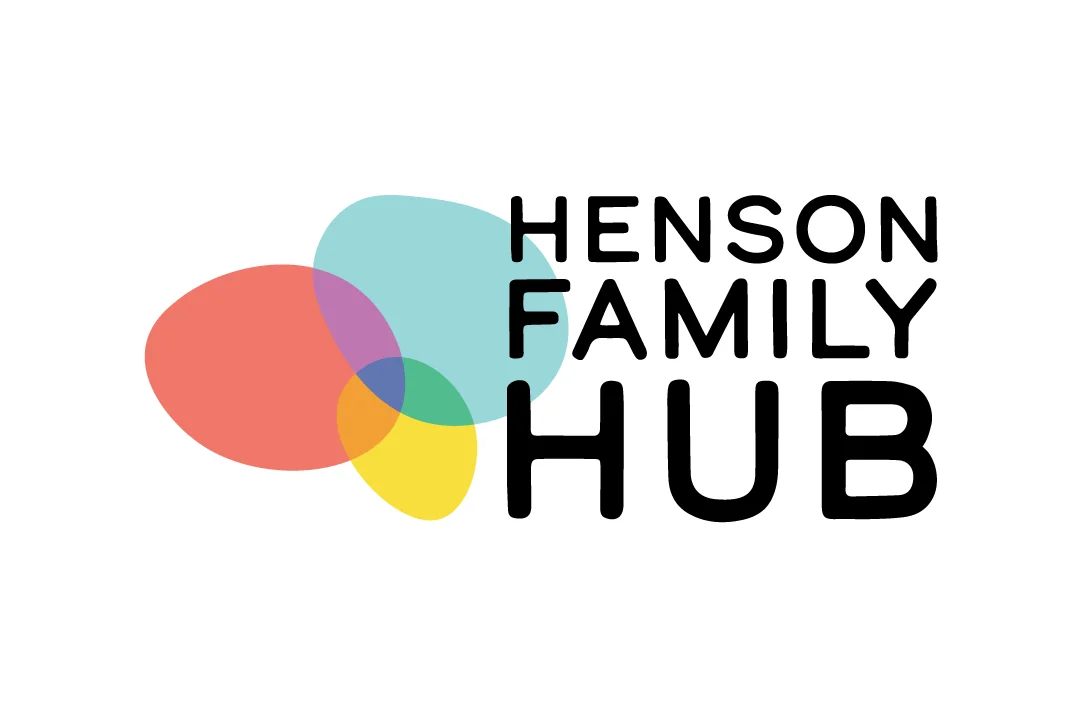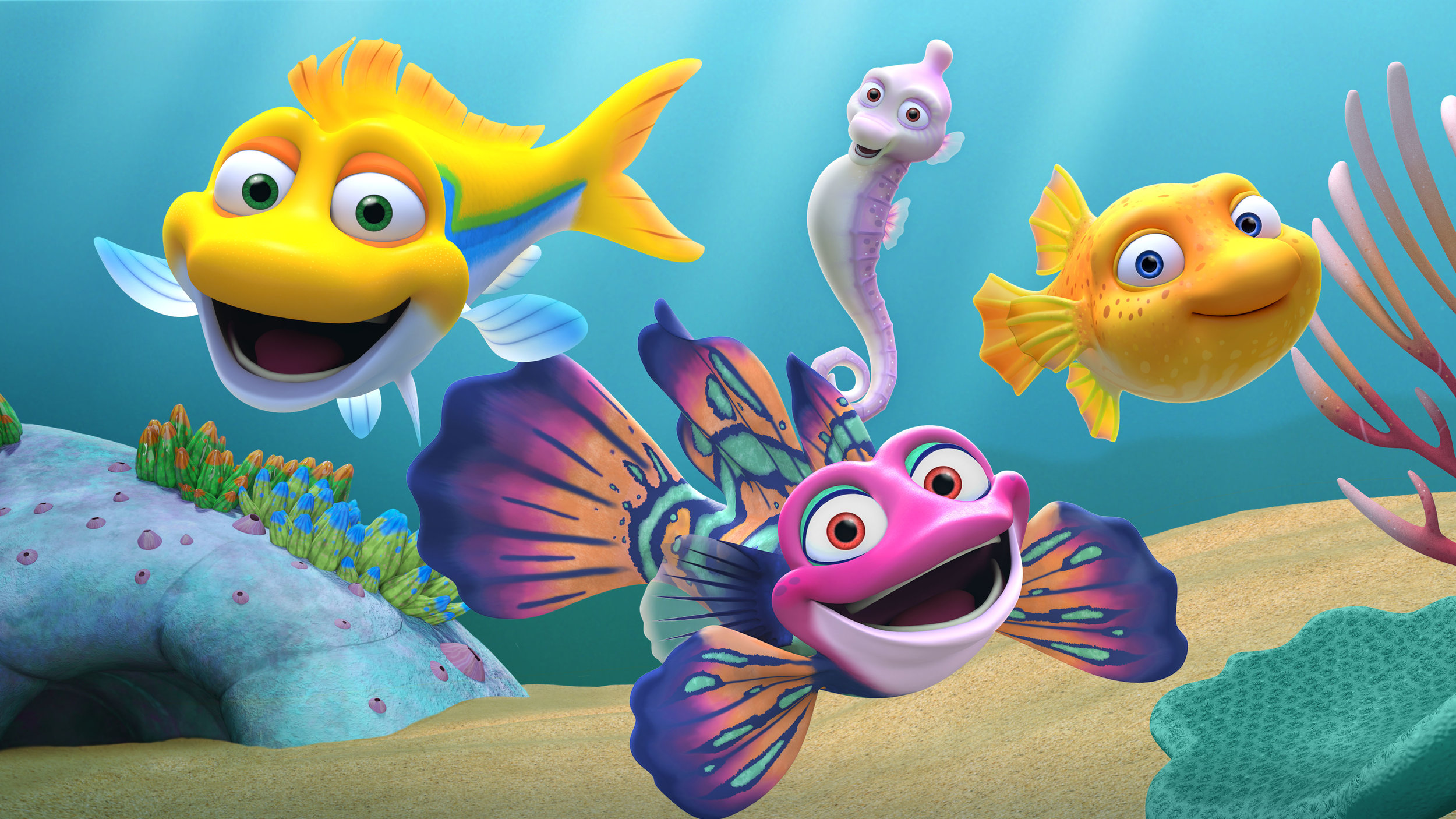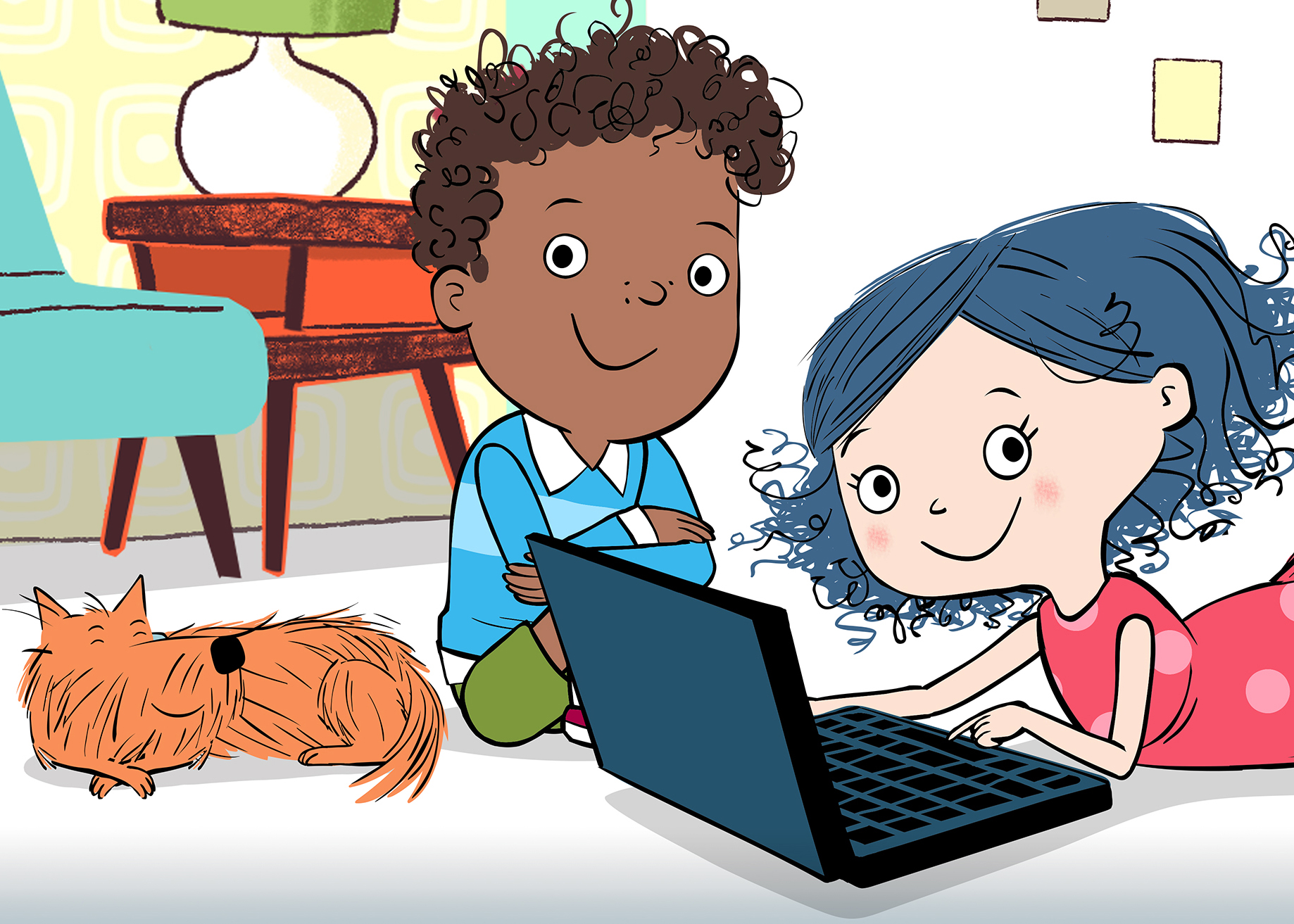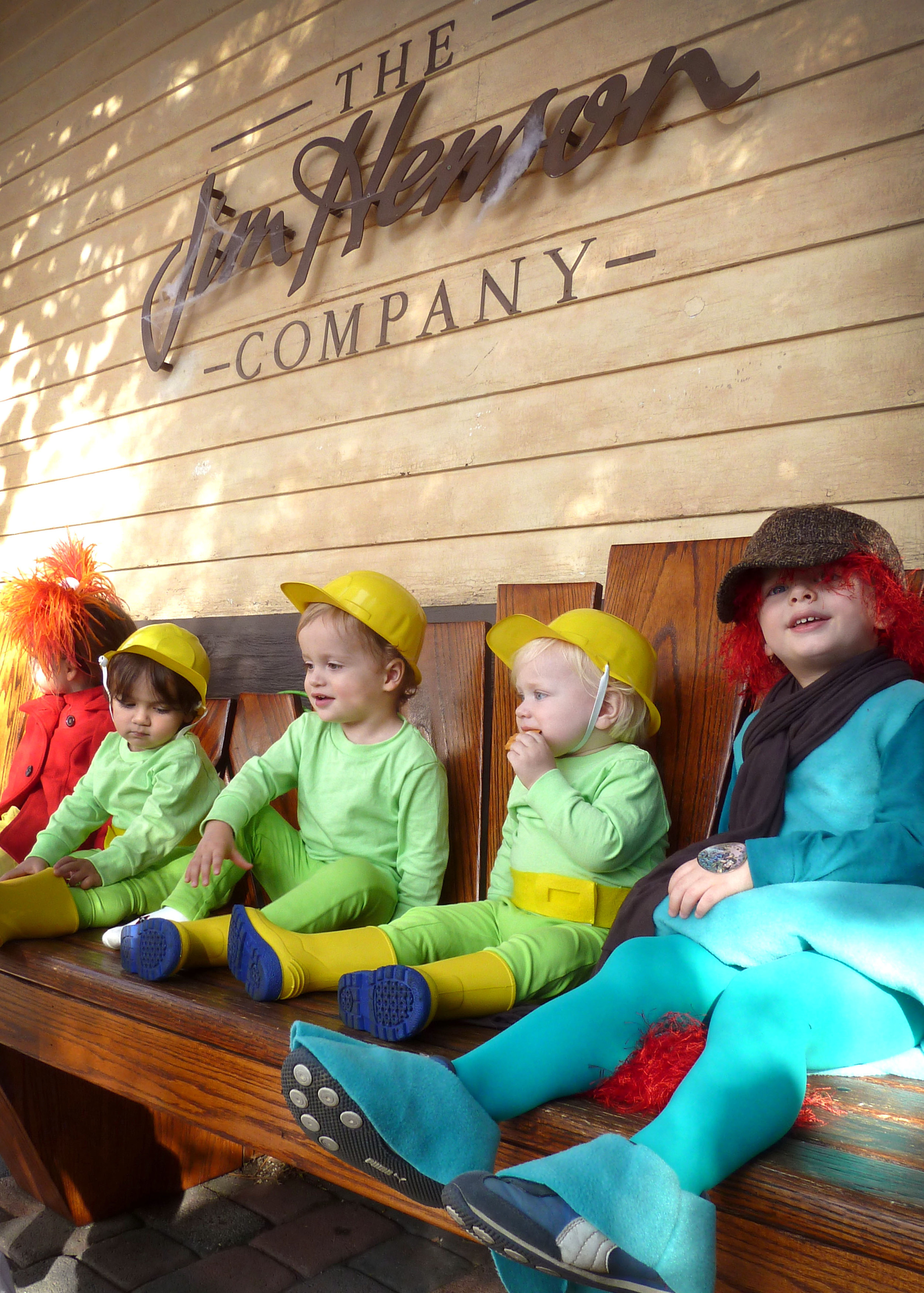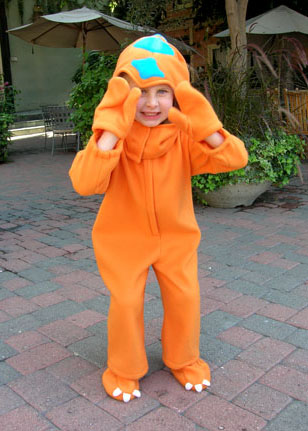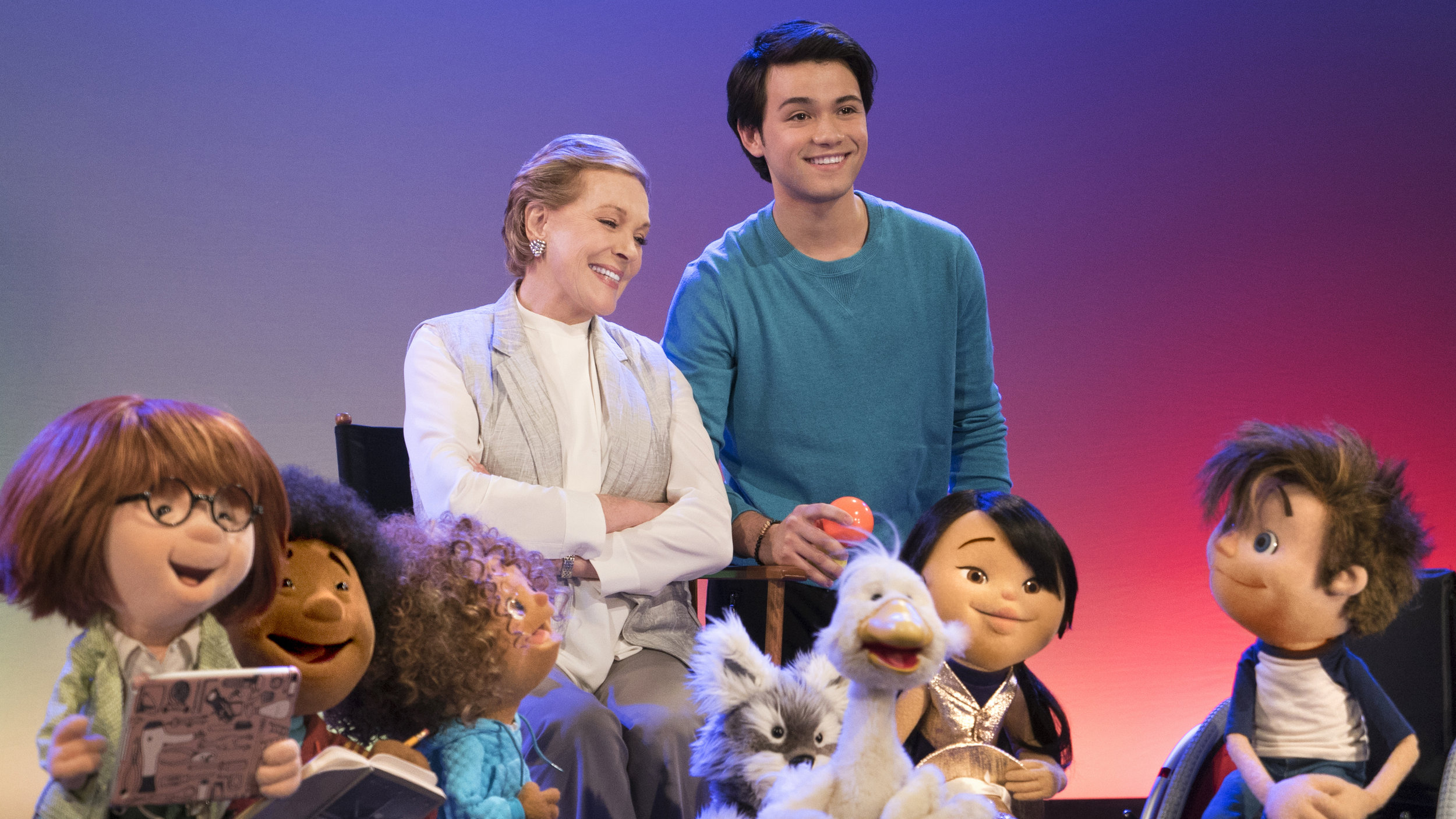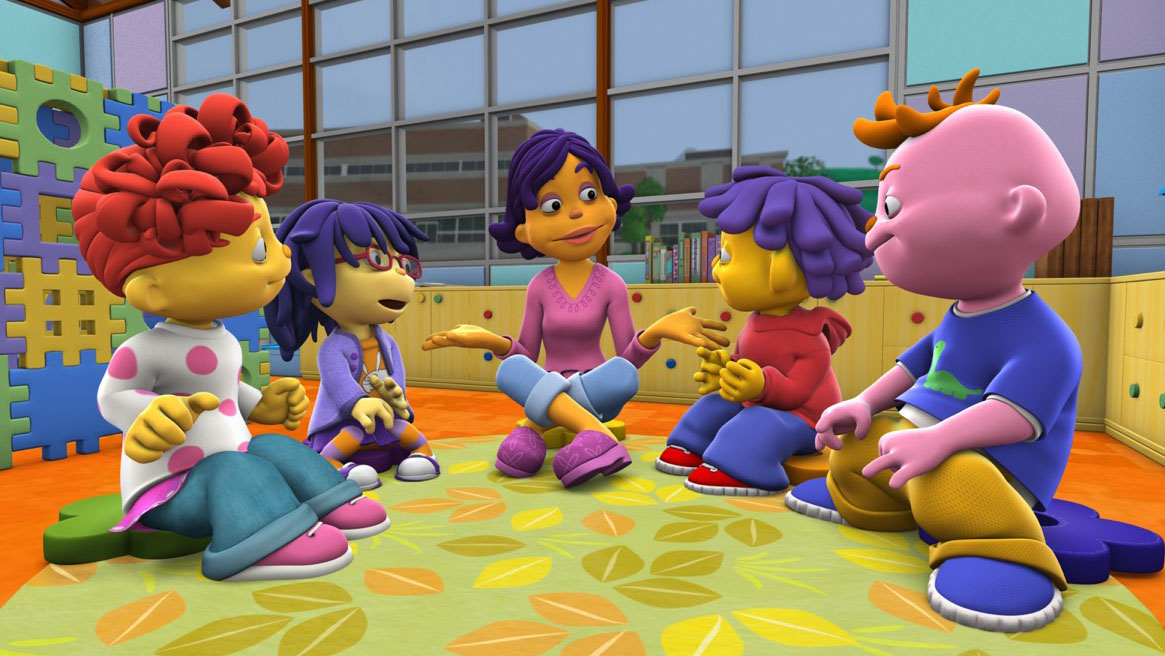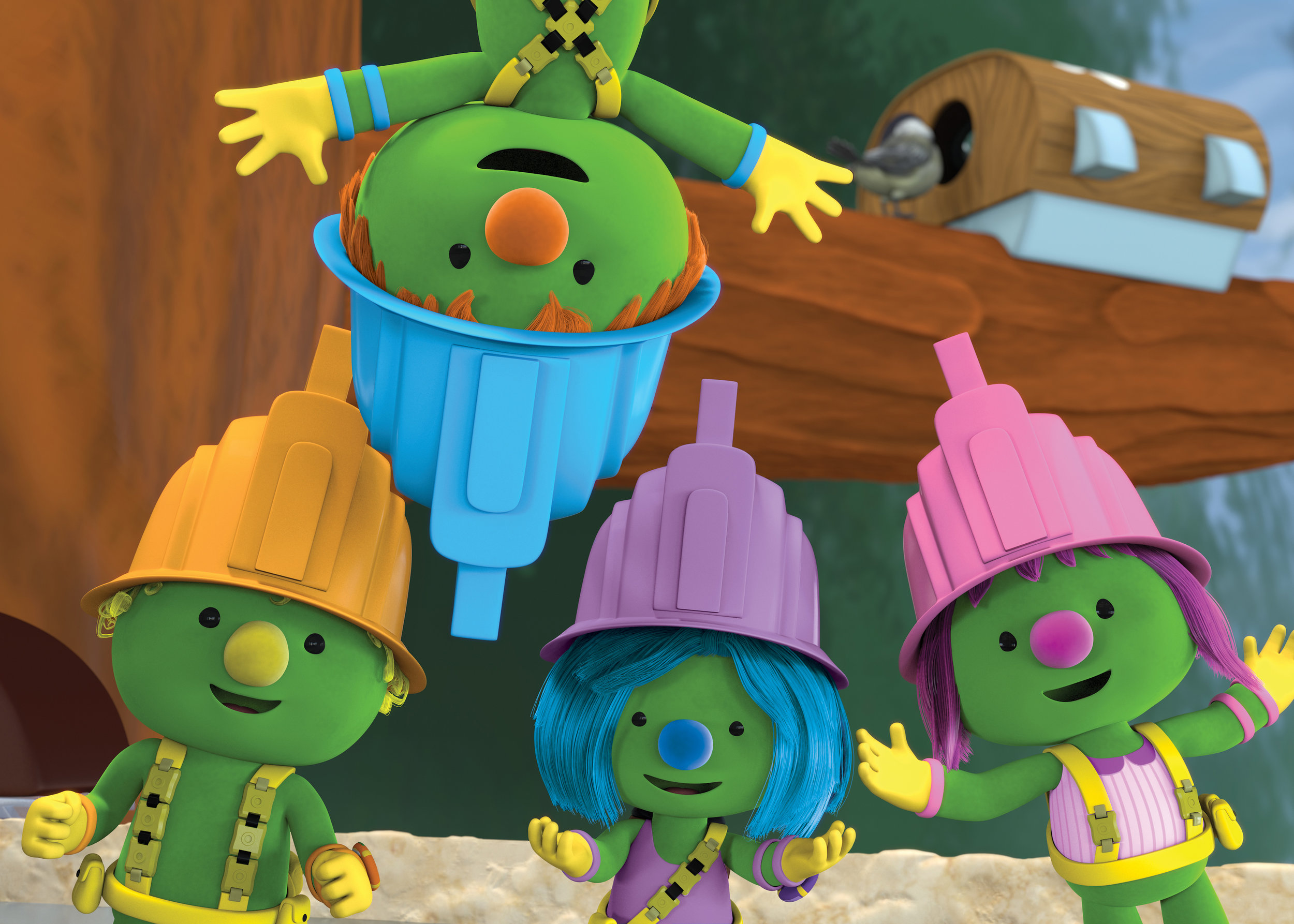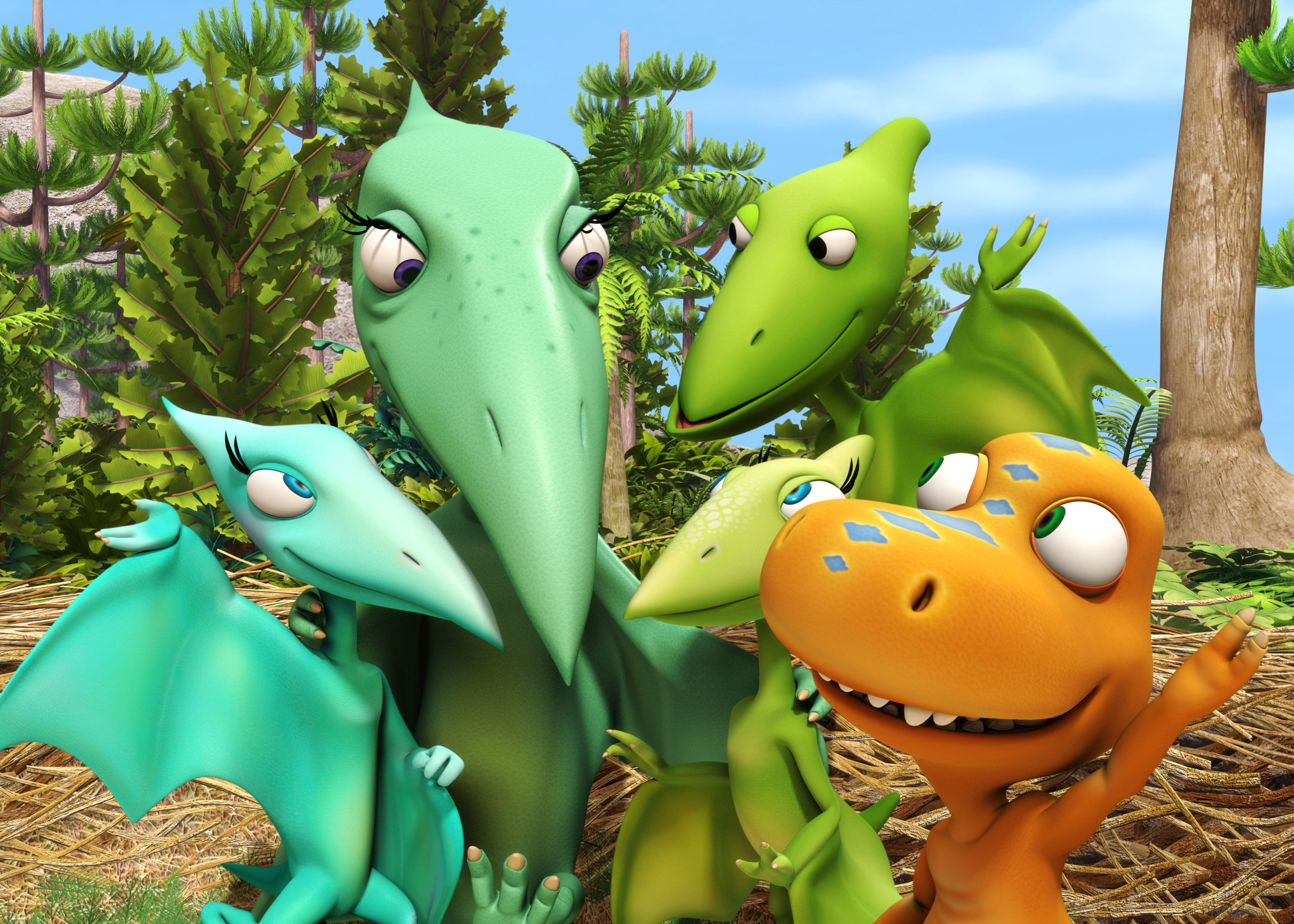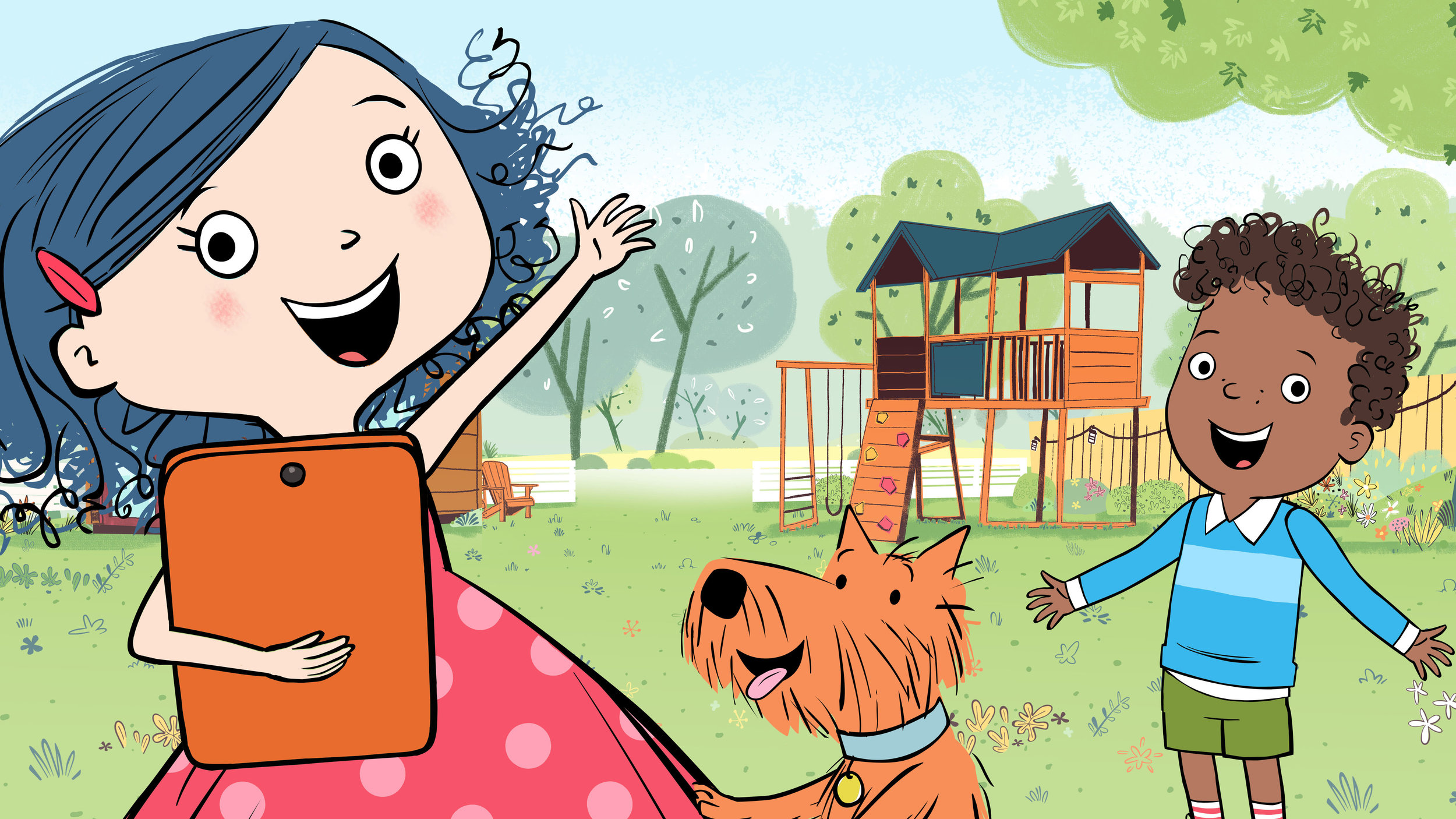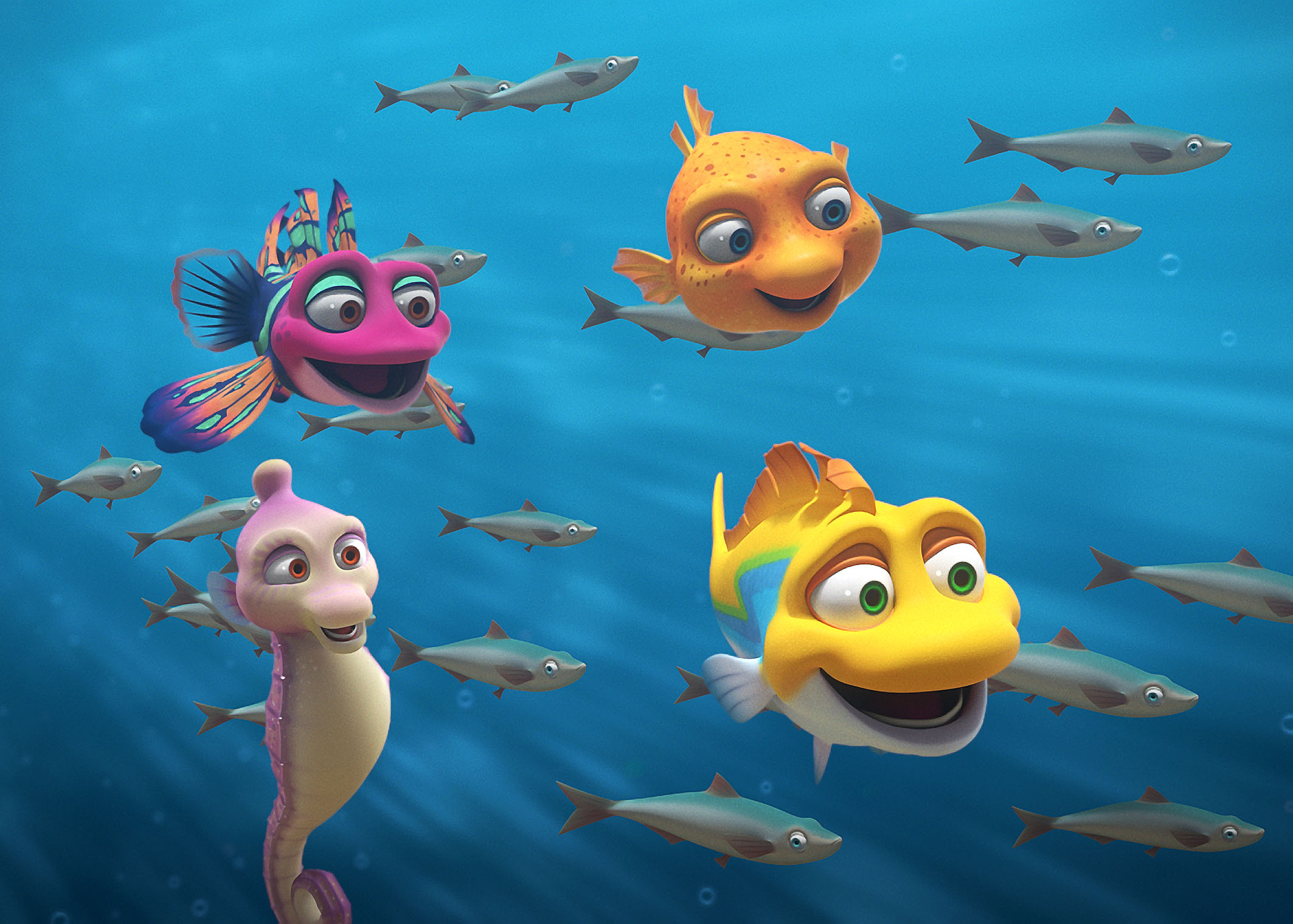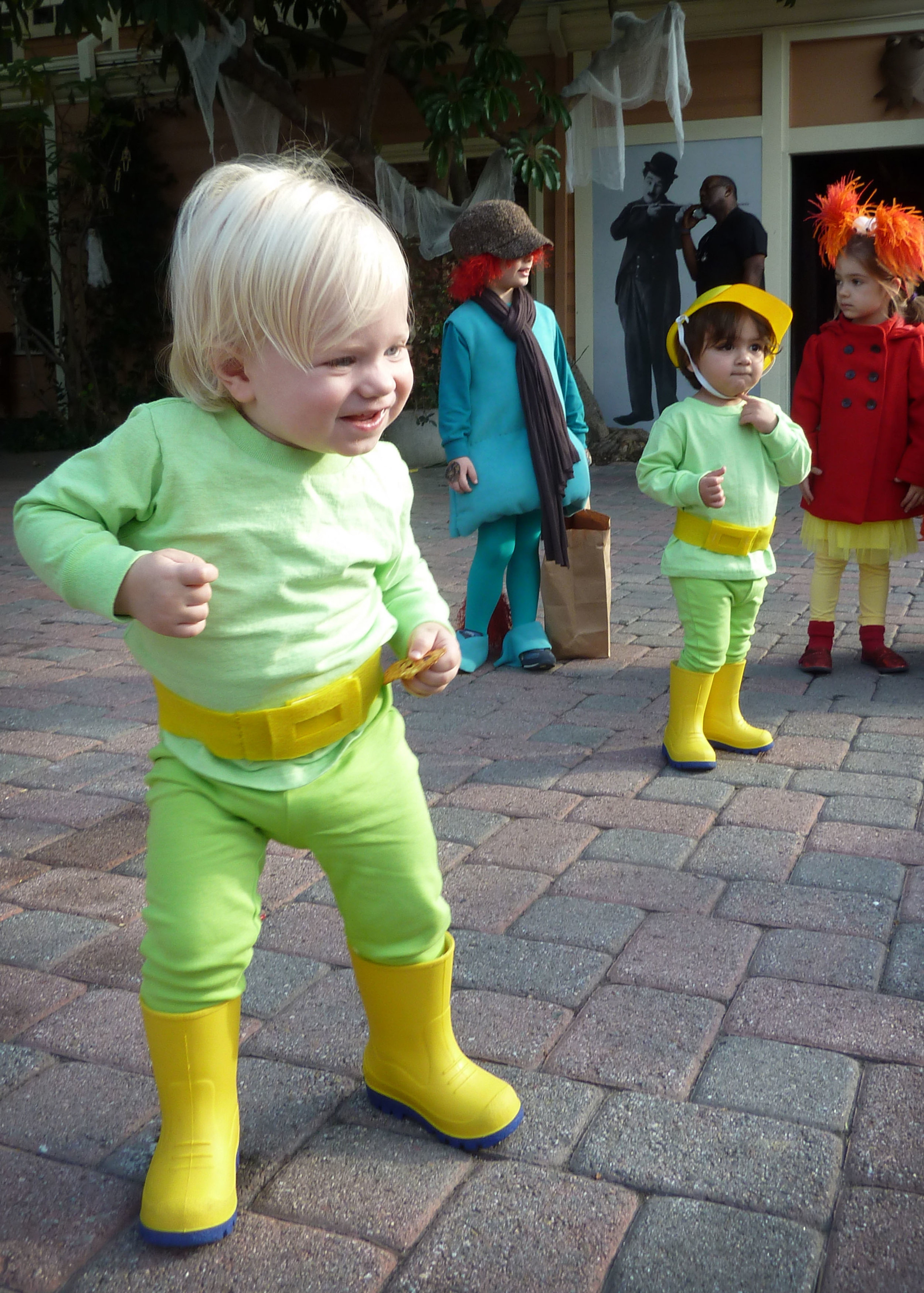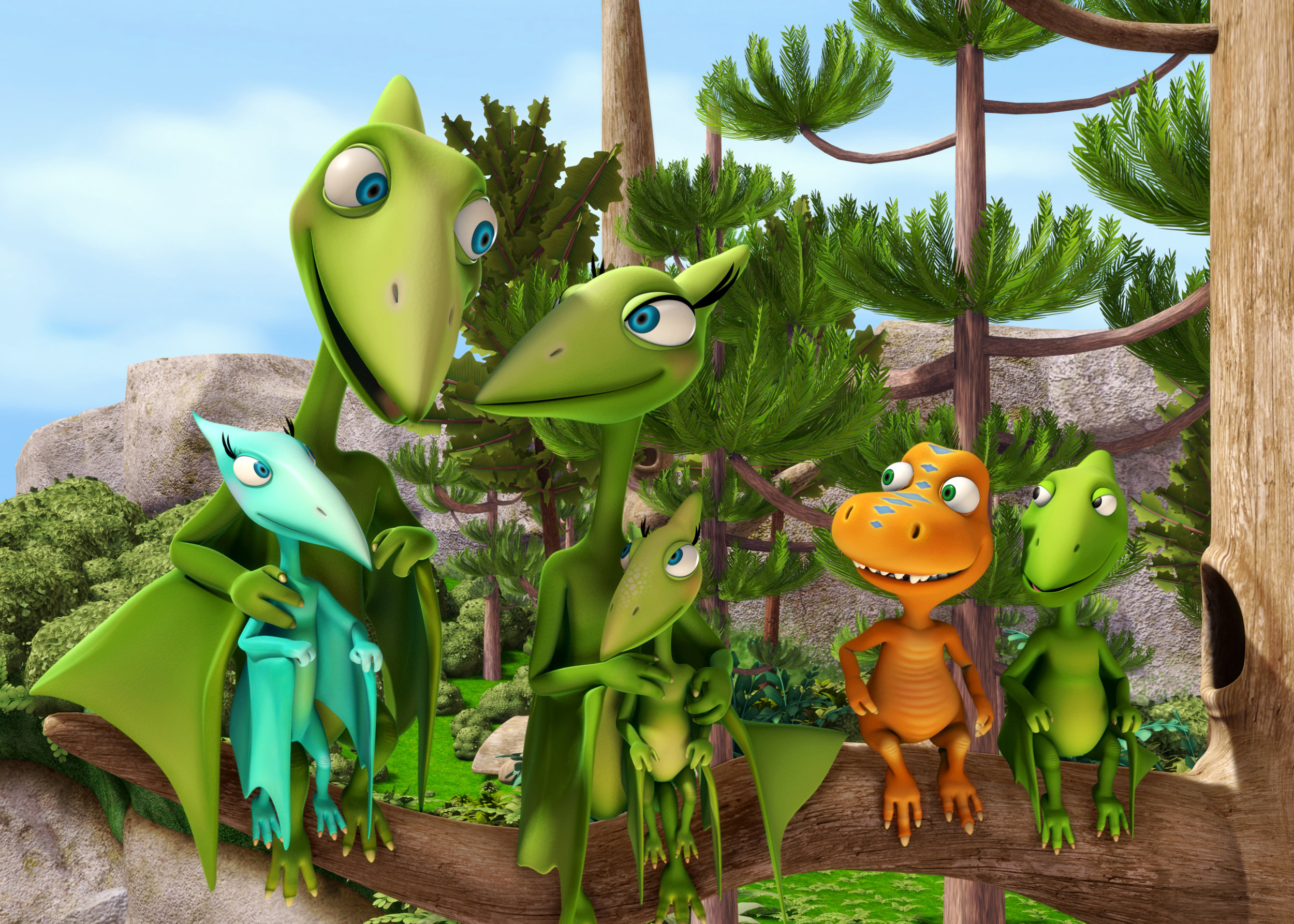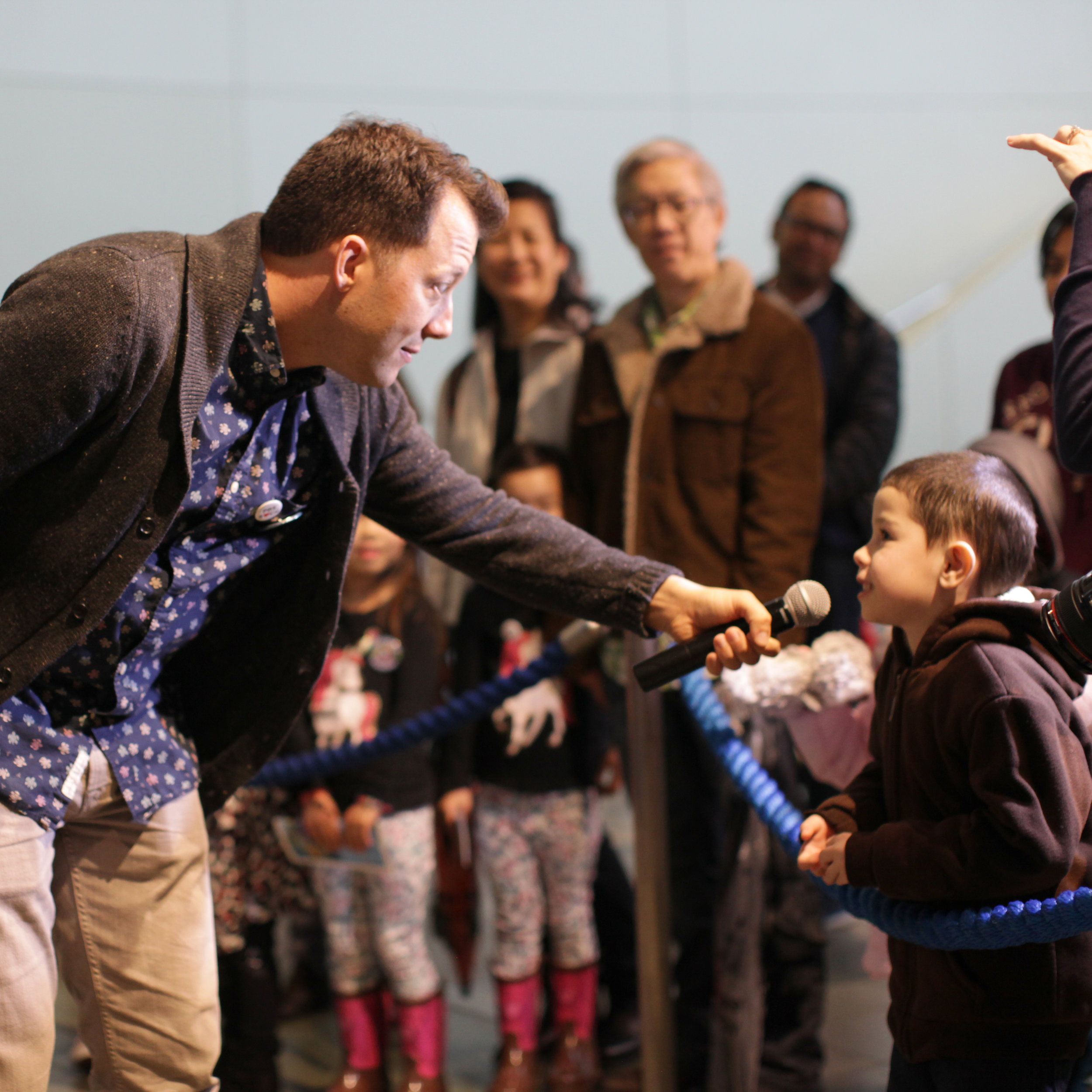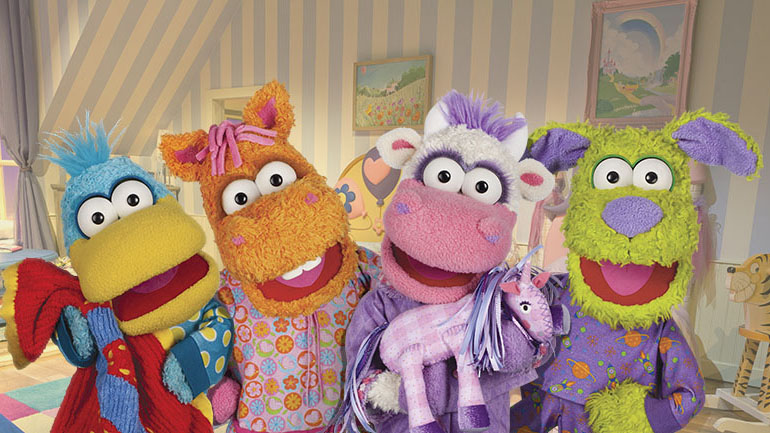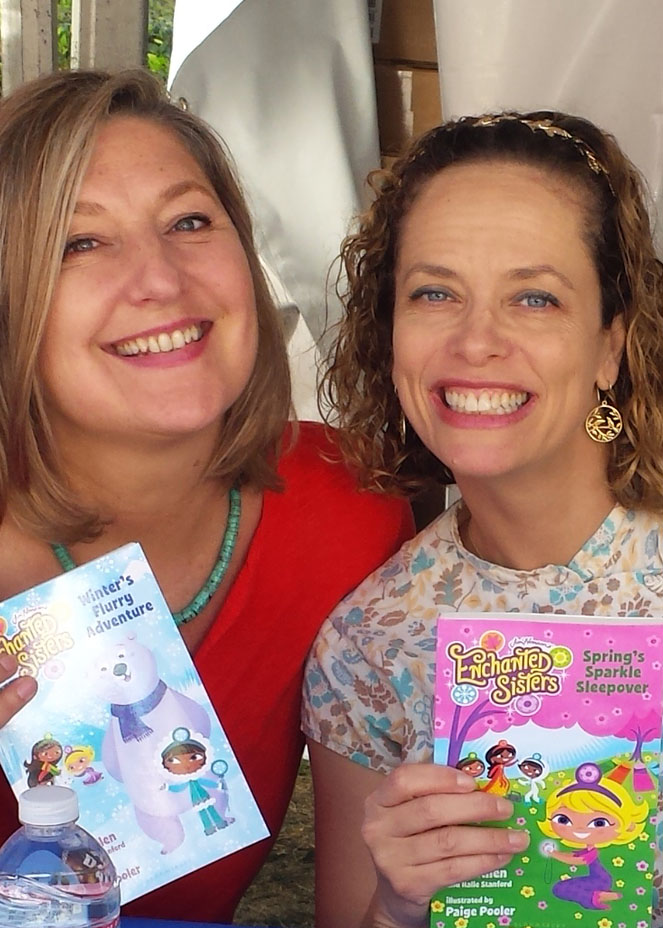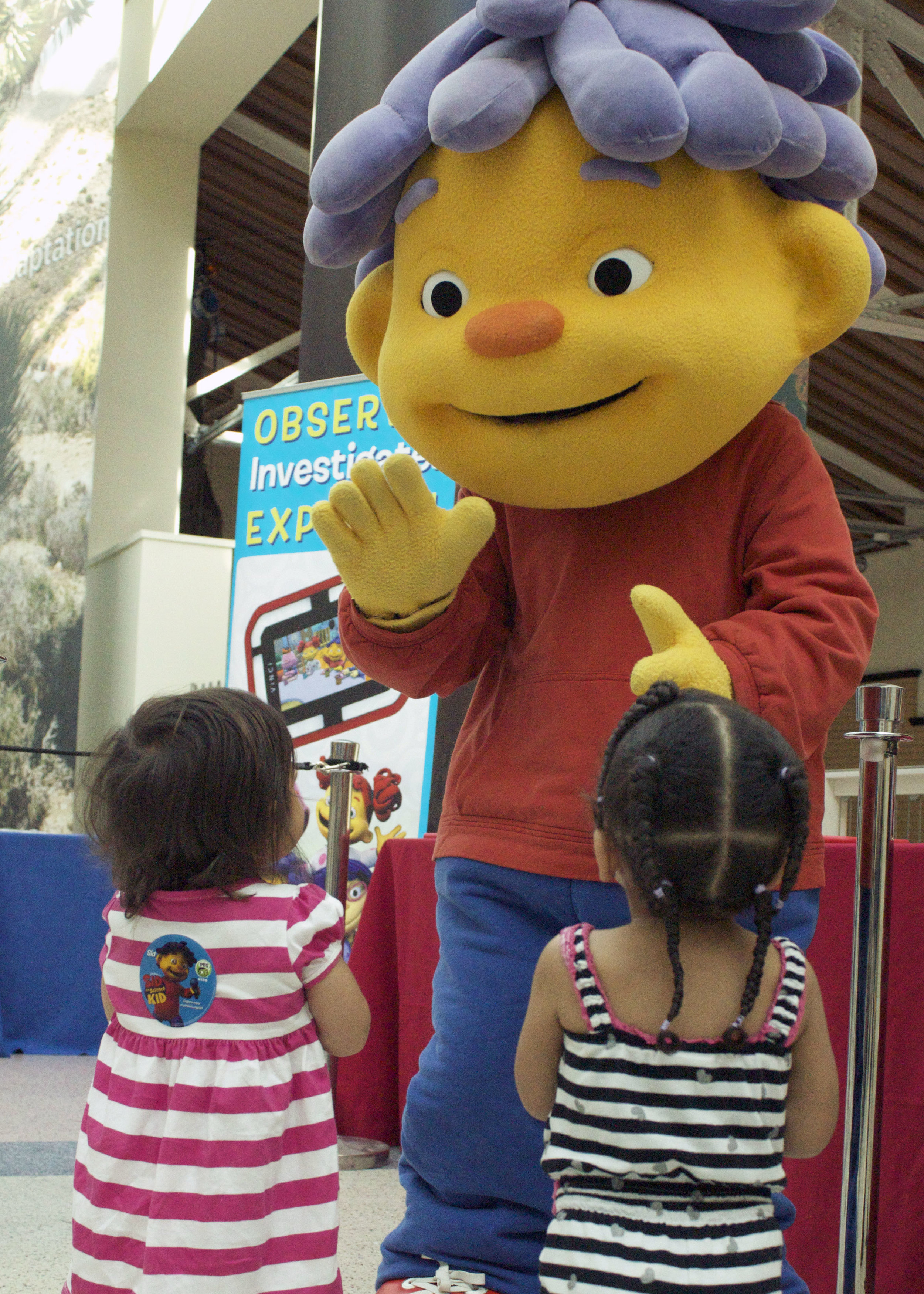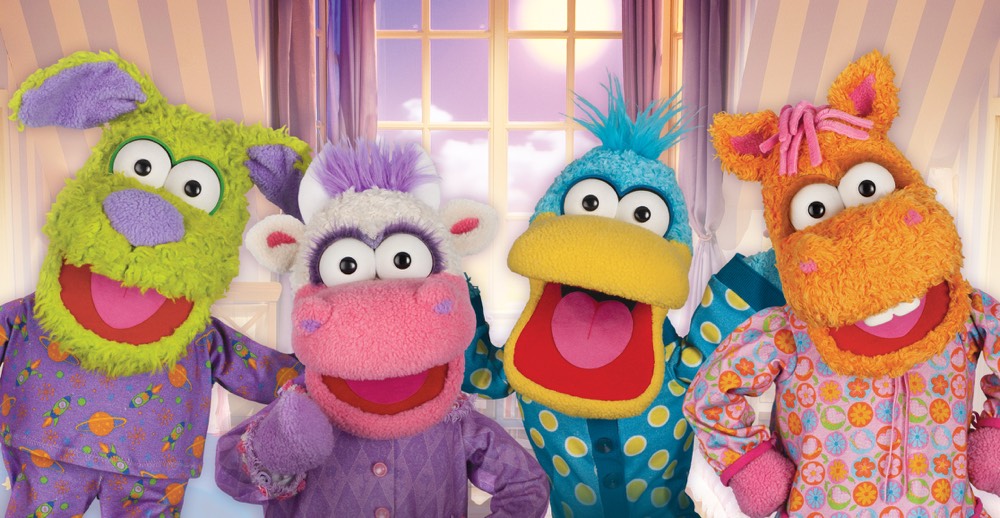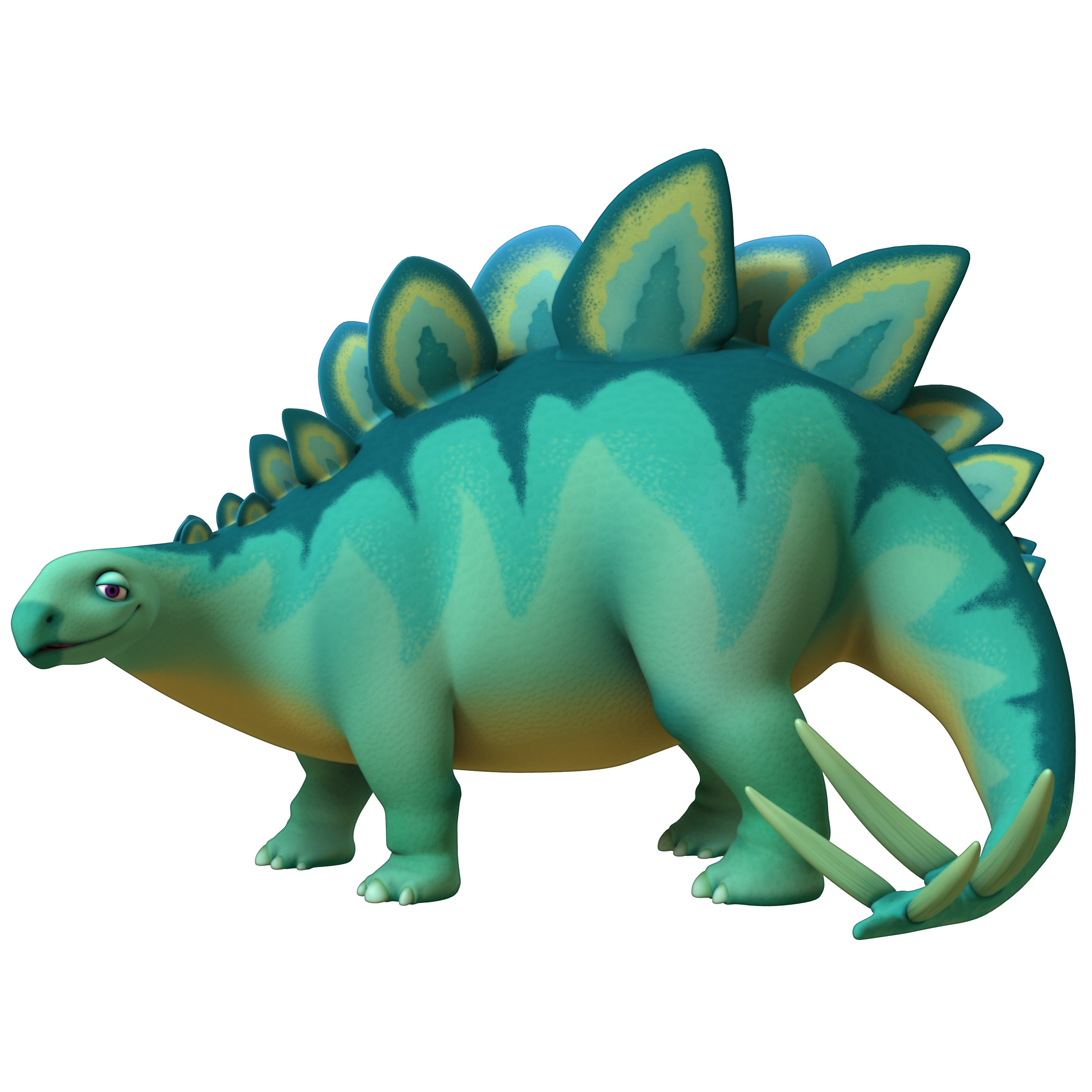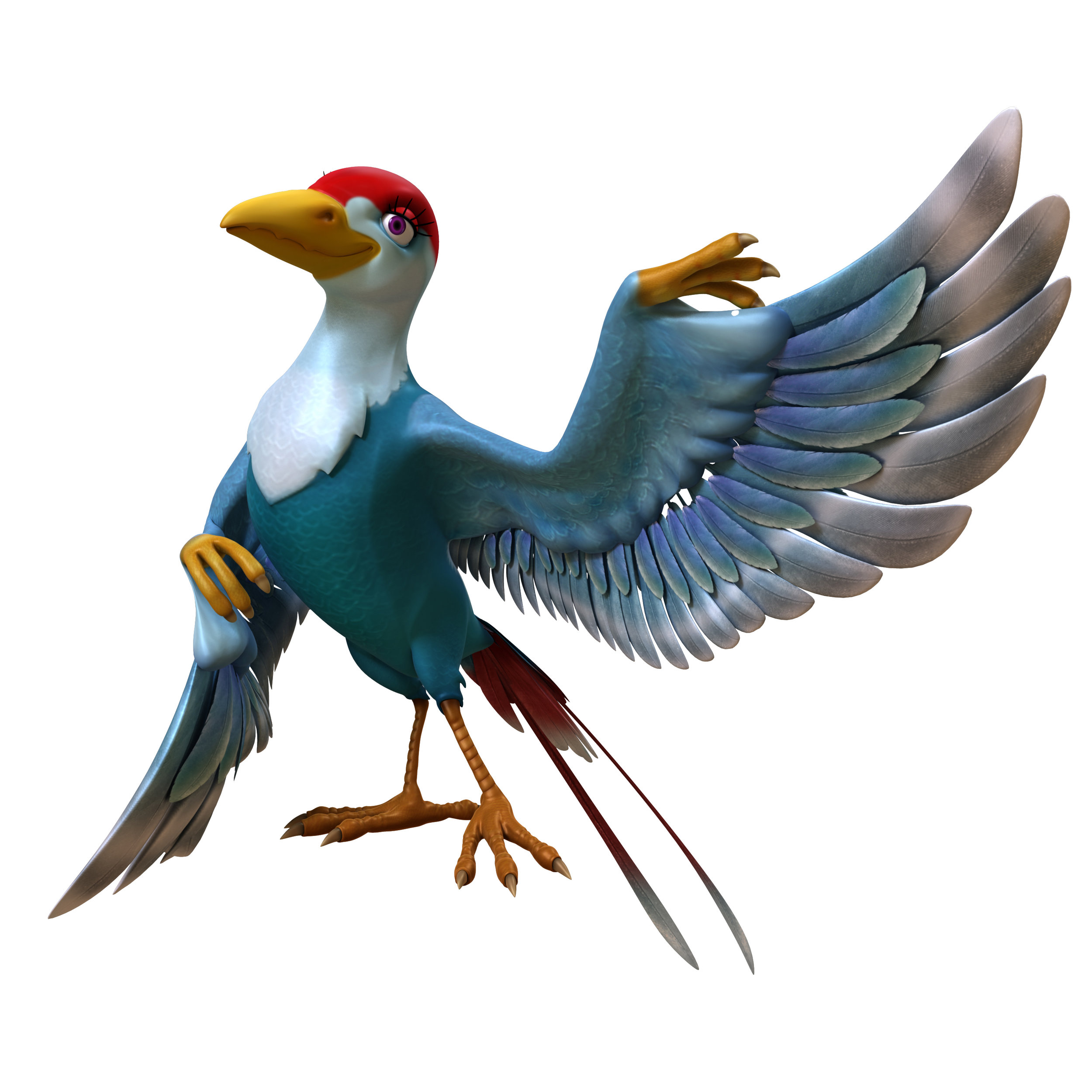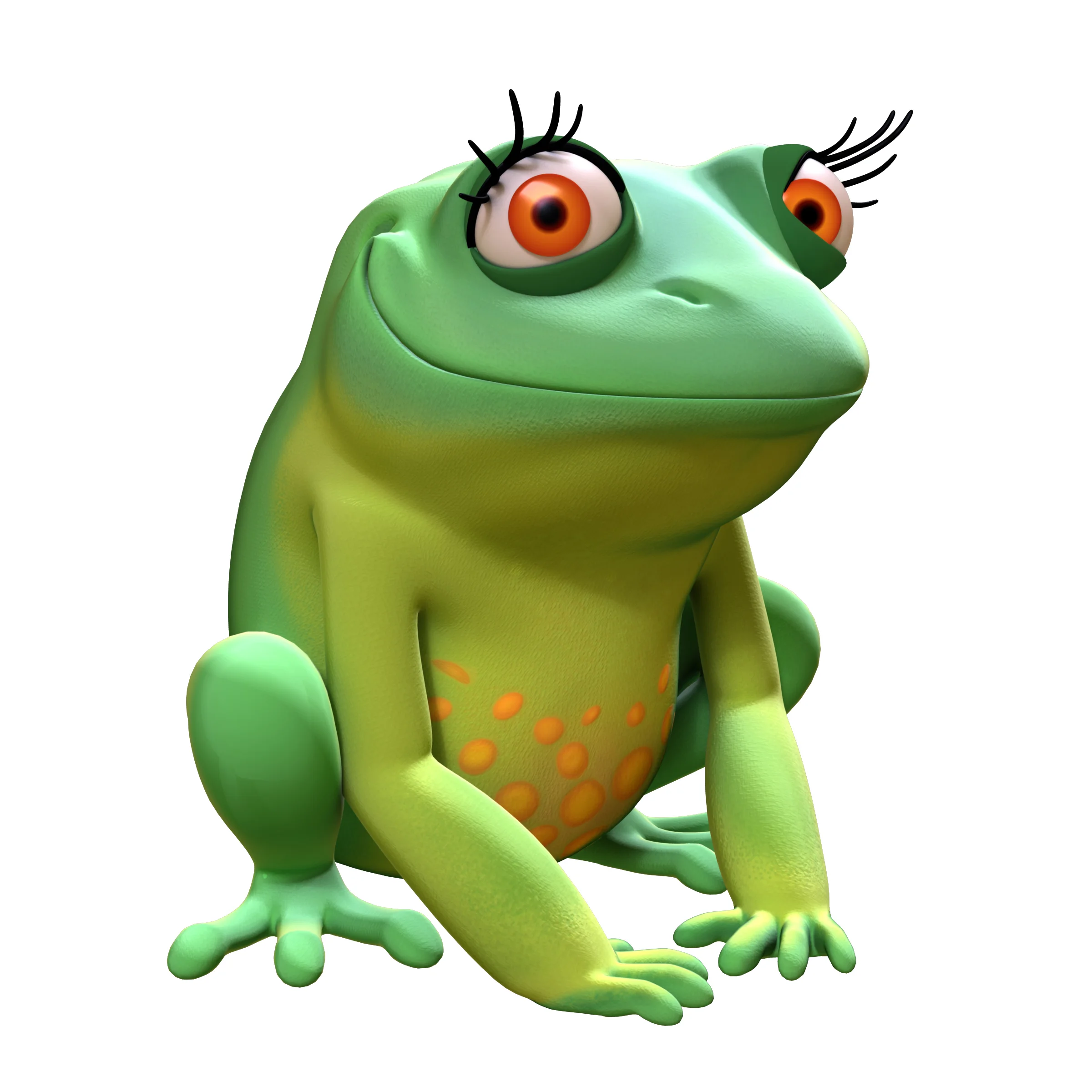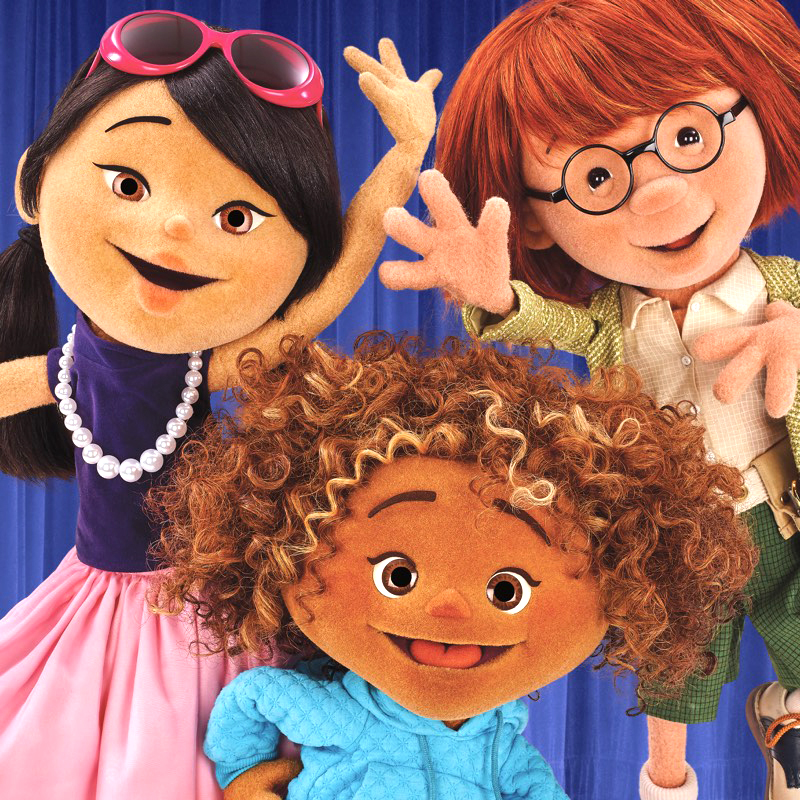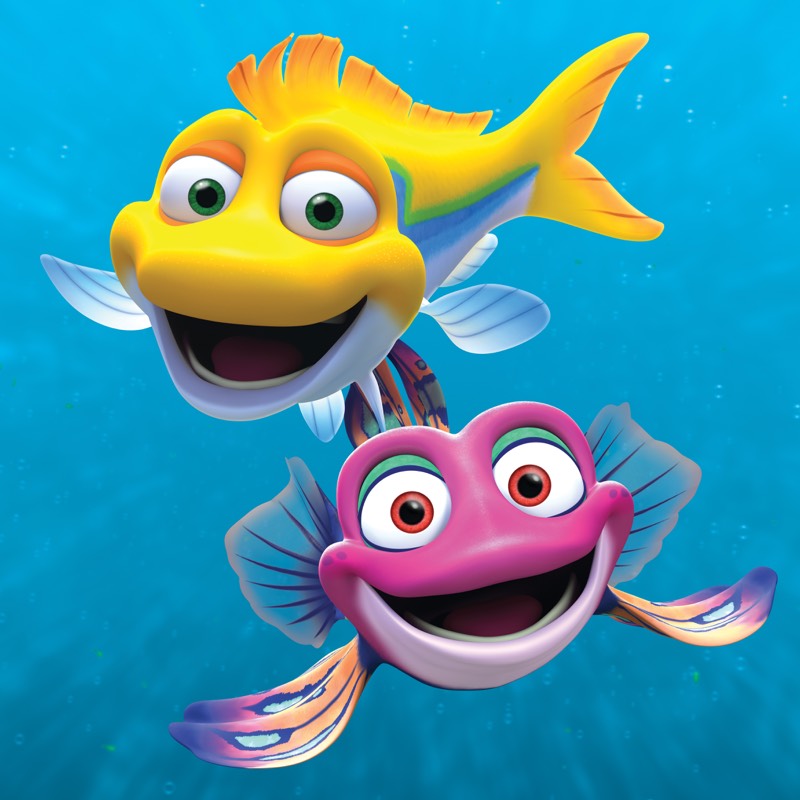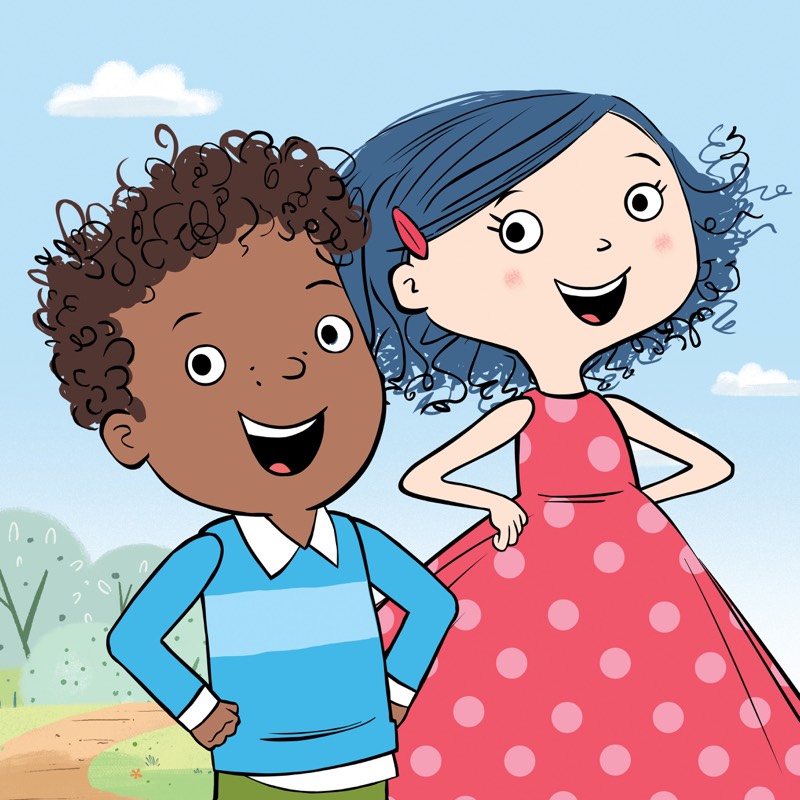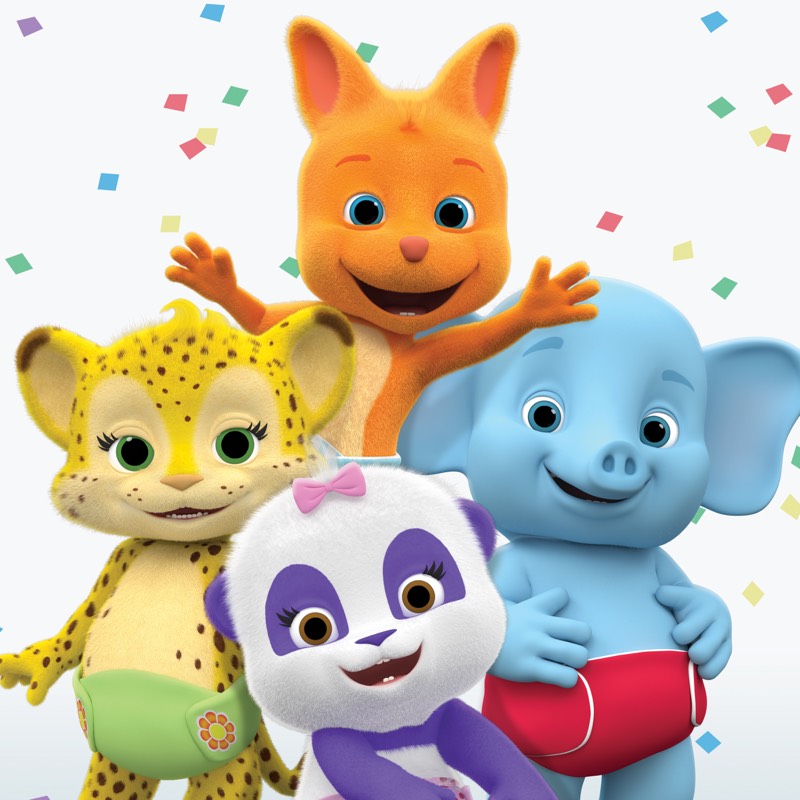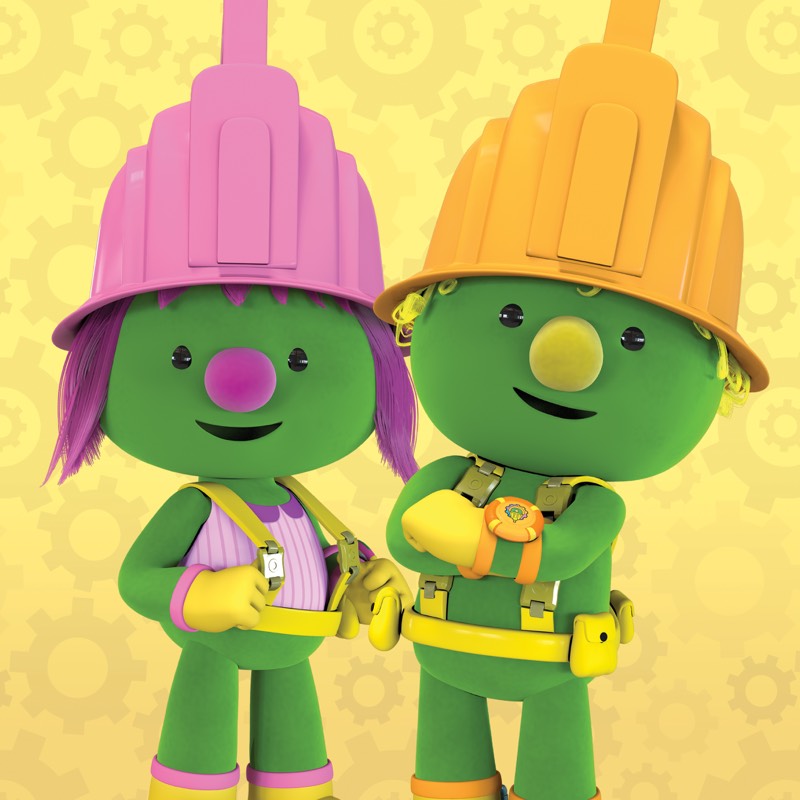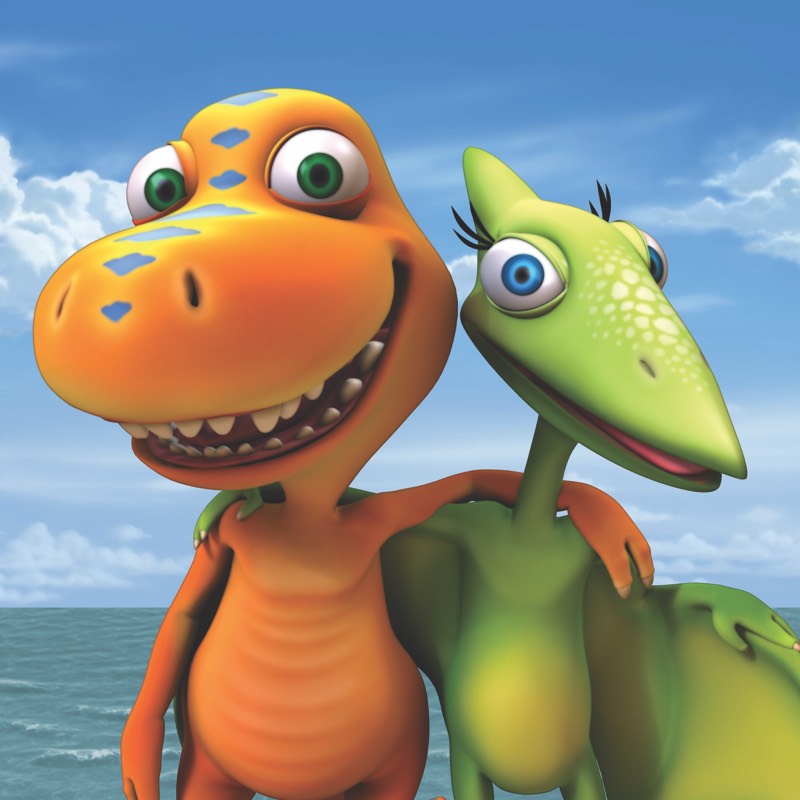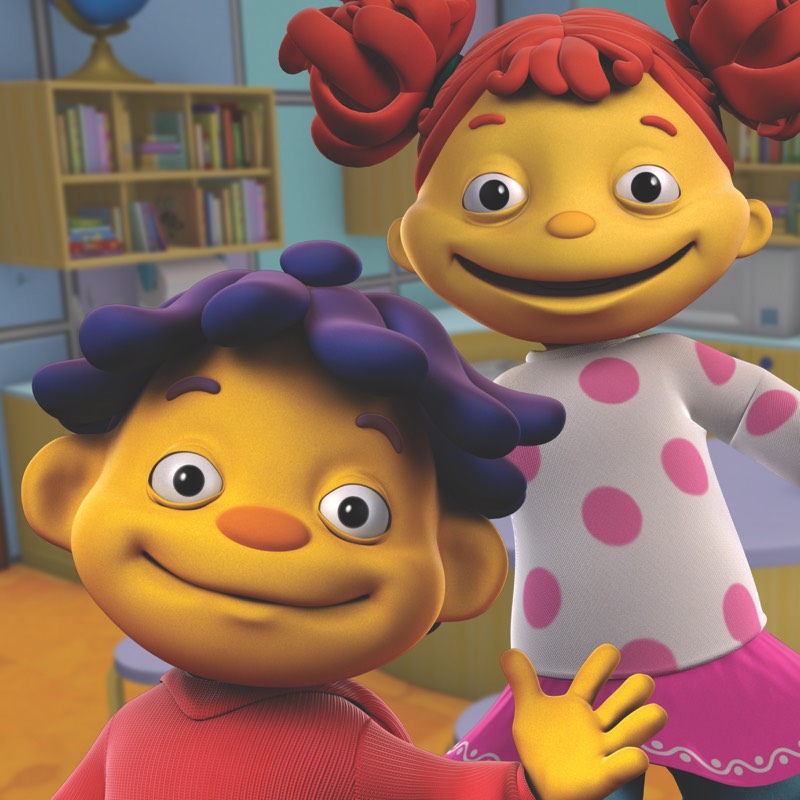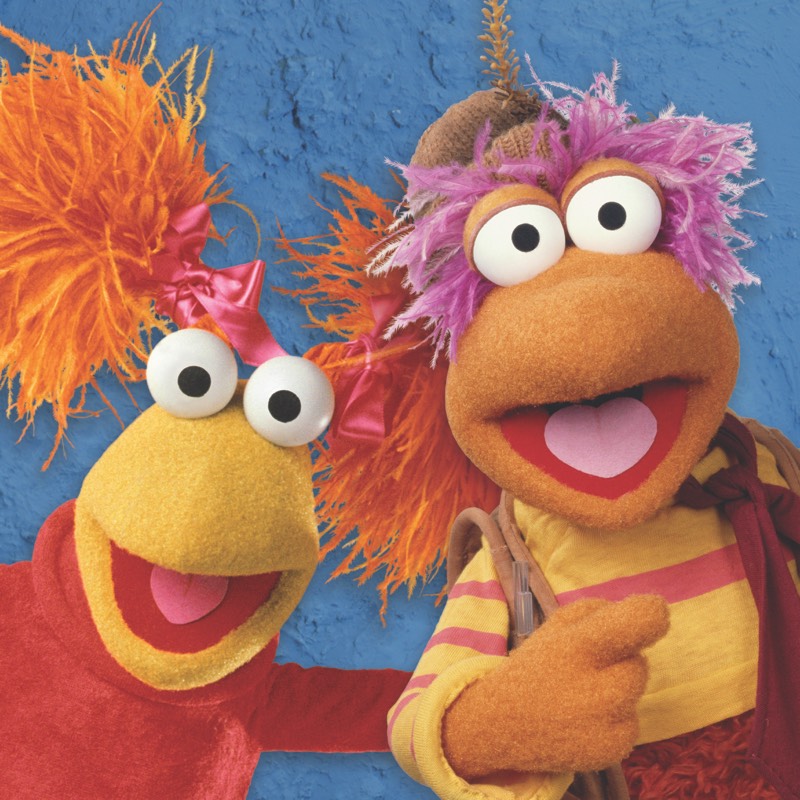Dinosaur Train Activities for Your Family to Try!
From velociraptors to seashells, the Nature Trackers Summer Challenges are a great way for families to explore and learn more about nature and dinosaurs!
In each episode of Dinosaur Train, Buddy, Tiny, Shiny, and Don meet new friends and learn new facts about the world around them. While the show celebrates the love preschoolers have for dinosaurs and trains, it also explores natural sciences and paleontology.
Stegosaurus
Summer usually means warm weather for most parts of the world. Find out how one of the most famous dinosaurs, the stegosaurus, kept cool in warm weather in the Mesozoic.
WATCH – Learn more about how a Stegosaurus might have kept cool with Dr. Scott the Paleontologist.
PLAY – Make a Stegosaurus puppet!
DO – Make some weather observations. How warm does it get where you live?
Seashells
Environments in nature, like the beaches you may visit in the summer, are made up of both living and non-living things. Each is shaped by the other.
WATCH – Searching for Seashells
PLAY & DO – Take a trip to a nearby water environment like a pond and observe the living and non-livings things you find, like seashells!
EXPLORE – Learn more about seashells with Dr. Scott the Paleontologist.
Feathers
Some meat-eating dinosaurs, known as therapods, developed feathers on their bodies, a trait their bird descendants, still have today. Find out more about this unique feature!
WATCH – Birds and Velociraptor Valley clips
PLAY – Go birdwatching! See what features you observe that birds share with their dinosaur ancestors.
DO – Learn more about birds, dinosaurs, and feathers.
EXPLORE – Learn more about feathers with Dr. Scott the Paleontologist.
Trees
Did you know that there are some species of trees that you see today have existed since the time of the dinosaurs! The bright summer sun helps them grow strong, tall, and very green.
WATCH – Learn more about the giant conifer trees with Dr. Scott the Paleontologist.
PLAY – Go to a nearby park or forest and make some observations using your senses. What does the bark feel like? Do the trees have a unique smell? What sounds you hear in the forest?
DO – Make a tree rubbing.
Footprints
Much of what we know about dinosaurs comes from their fossilized footprints. All sorts of creatures can leave footprints and provide clues about the world around us.
WATCH – Dinosaur Tracks clip
PLAY – Go on a nature walk in your neighborhood and see what footprints you can observe. You can even make your own trail!
DO – Create your own footprint trackways!
Frogs
Frogs are part of a unique group of creatures called amphibians that spend their lives in both land and water. Many frogs prefer warmer climates, and appear more often during the summer.
WATCH – Campout!
PLAY – Many frogs live in near bodies of water, like ponds and lakes. Take a trip to visit their habitat!
DO – Find a frog and observe its features! Don’t forget to safely return the frog to its habitat.
EXPLORE – Learn more about frogs with Dr. Scott the Paleontologist.
Flowers
Flowers are a beautiful part of nature that first appeared during the late Mesozoic era. They, and the bees that are attracted to them, are an important part of many ecosystems.
WATCH – Flower Pond
PLAY – Go on a flower expedition.
DO – Help the flowers and other plants grow! Create your own compost pocket.
EXPLORE – Learn more about bees and how they help flowers with Dr. Scott the paleontologist.

